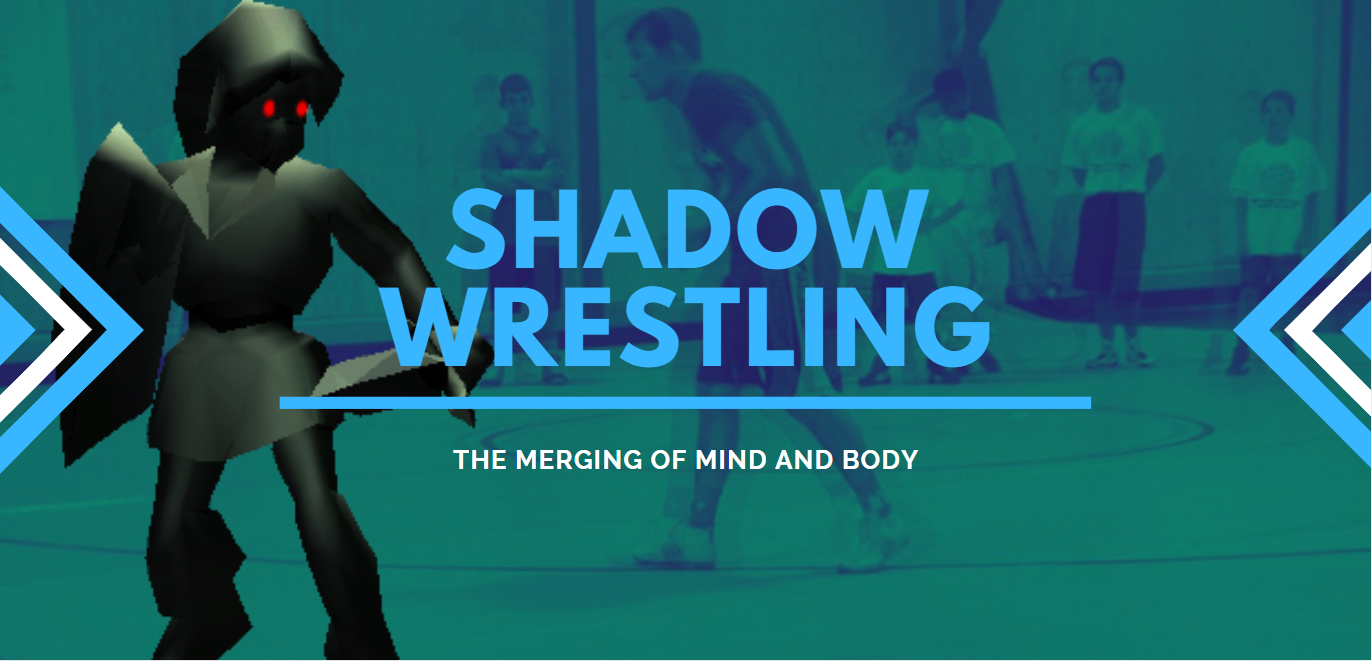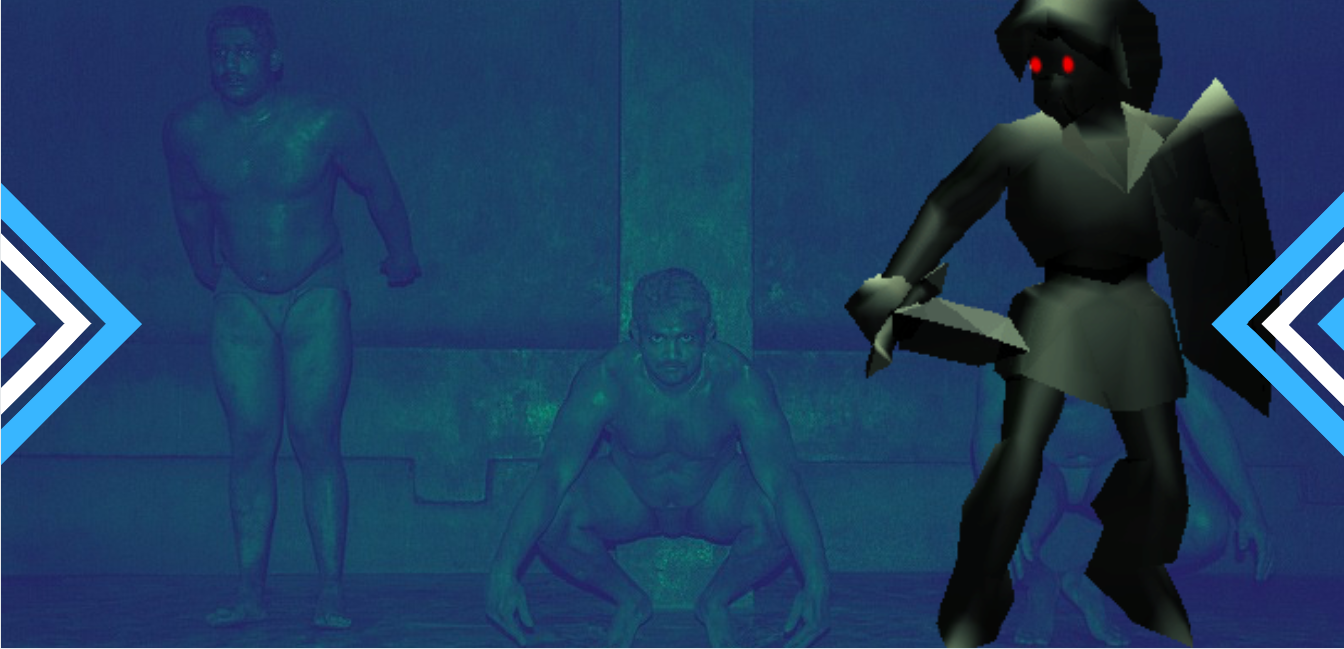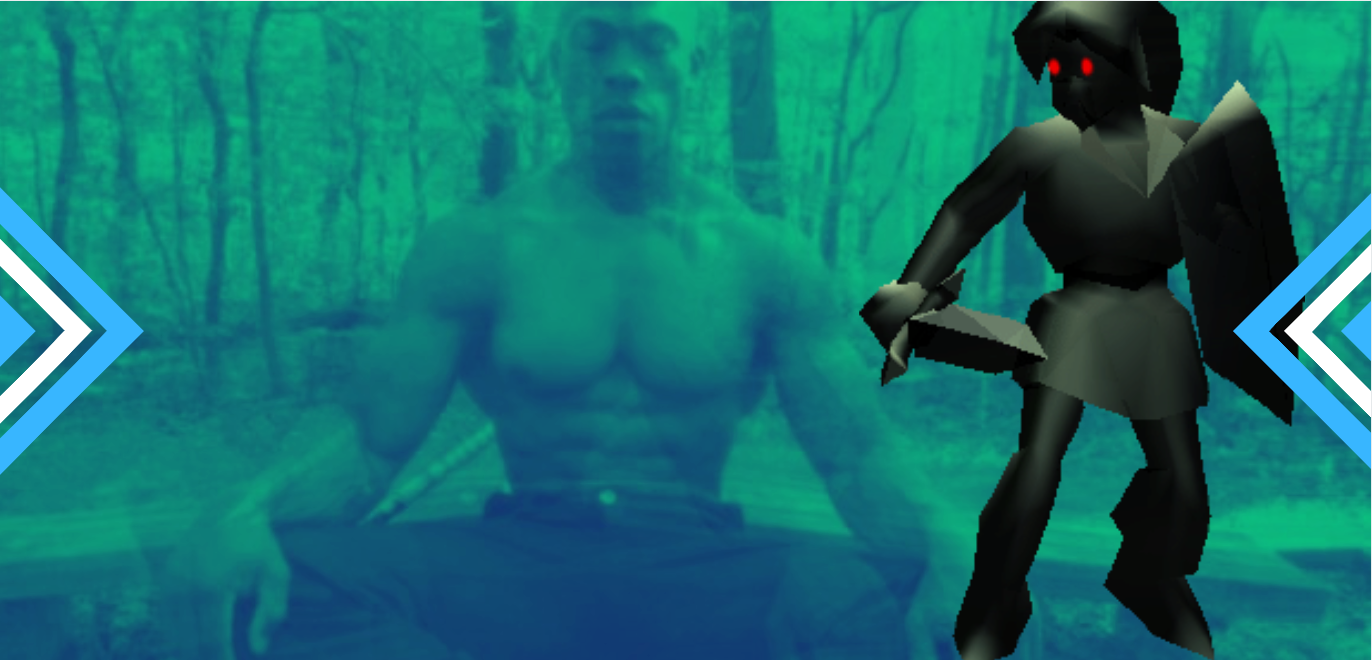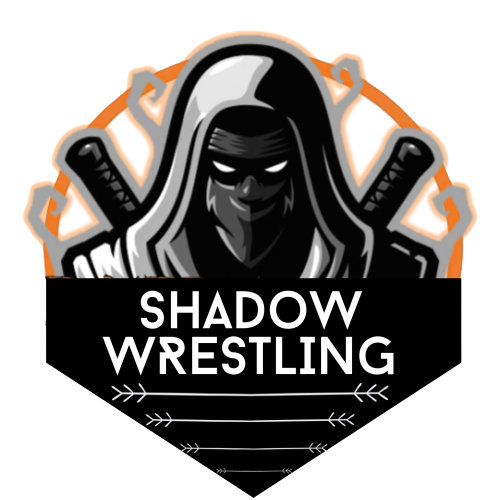|
In Jungian psychology, the "shadow", "Id", or "shadow aspect/archetype" may refer to an unconscious aspect of the personality which the conscious ego does not identify, or the entirety of the unconscious. In short, the shadow is the unknown side. Because one tends to reject or remain ignorant of the least desirable aspects of one's personality, the shadow is largely negative. There are, however, positive aspects that may also remain hidden in one's shadow. Shadow wrestling itself plays with these concepts. Many of us go out untested in our mind’s eye. There is a side to our wrestling that we rarely embrace and that is the matching in the subconscious. Spending time visualizing potential matches prepares us as to how we would normally react in a match, and that can be a good thing or a bad thing. Usually coaching high schoolers gives us a prime example. Before every match, I shake my wrestler’s hand and ask him “What is your plan?” 9 times out of 10 his answer is “I don’t know” or “we will wait and see what he (his opponent) does.” No where else in life is this acceptable. Should you wing it when picking out a career or life partner? These very same wrestler embrace this all off season planning what weight class to wrestle at, or what shoes will look the coolest. So in the waning days of quarantined America, I looked to create not just a program that would be congruent with the Governor’s stay at home order, but one that would endure for future wrestling seasons. My charge was to answer the question: What kind of wrestling workout can you have without making physical contact? Turns out the best and most important kind. Philosophy The 3 core elements are Kushti Hindu training, traditional shadow wrestling, and visualization techniques. The words pehlwani and kushti derive from the Persian terms pahlavani (heroic) and koshti (wrestling) respectively, meaning “Heroic wrestling.” Although wrestling in the Indian subcontinent saw changes in the Mughal era and the colonial period, the training regimen has remained the same for over 150 years. Fledgling wrestlers may start as early as 6, but most begin formal training in their teens. They are sent to an akhara or traditional wrestling school where they are put under the apprenticeship of the local guru. Their only training attire is a loincloth (we will forgo that for this session). Exercises employ the wrestler's own bodyweight, or another person's body weight to add resistance. Many of these Kushti training facilities are mere pits of dirt, overcrowded with young men hoping to fulfill their shot with destiny. There wrestlers use very little space, which is perfect for social distancing. Much of the American philosophy that I borrowed were from world class athletes and the regiment they employed to get them to the zenith of their respective careers. Wrestlers like Kerry McCoy, who preaches moving your feet to become a harder target. David Taylor, who uses shadow wrestling to shore up his technique and retain better practices against his world class athletes. And Doug Schwab, who has his men at Northern Iowa visualize stopping their opponents dead in their tracks and then attack immediately, or as he calls it, “Stop then Sting.” Speaking of visualization, that is the key ingredient. Mental imagery works out the most important comment of the elite athlete: the mind. An athlete can use this technique to 'intend' an outcome of a race or training session, or simply to rest in a relaxed feeling of calm and well-being. By imagining a scene, complete with images of a previous best performance or a future desired outcome, the athlete can simply step into that feeling. While imagining these scenarios, wrestlers can imagine the detail and the way it feels to perform in the desired way. Several other elements I added was mediation and yoga. Meditation works to attain clarity and release you from the emotional weight of fear, doubt, and other unconscious obstructions which develops physically as slow reactions or even early fatigue. You can learn to control your mind and control your emotions through your own inner discipline. Without this discipline, you are controlled within by anxiety and uncertainty and controlled outwardly by your opponent. A great program which I borrowed heavily from was Zen Warriors, a mediation program set up to work with wrestlers in mind. The following is the core program that I created and utilized at our shadow wrestling clinics. Feel free to peruse the curriculum and the links attached to them: SHADOW WRESTLING CURRICULUM “Move Your Feet, Tough To Beat." WARM-UP
DRILLS Neutral • Staggered Hop • Hop to Down Block • Hop Around Speed Cone (Down Block to Change Directions • Staggered Level Change • Staggered Level Change to Down Block • Lateral Sidestep to Level Change • Downblock Drill (NATO) Bottom • Bridge • Front Bridge (CSW) • Sit out (CSW) • Hip Heist (CSW) • Granby Roll (CSW) • High Box (CSW) • Low Box (CSW) • Referee Position to Escape TECHNIQUE Stance Directions (Kolat)
SHADOW WRESTLING WORK CITED (Disclaimer: This is not professional or legal advice. If it were, the article would be followed with an invoice. Do not expect to win any social media arguments by hyperlinking my articles. Chances are, we are both wrong).
0 Comments
Leave a Reply. |
AuthorRyan Lancaster wears many hats. Dive into his website to learn about history, sports, and more! Archives
April 2024
Categories |





 RSS Feed
RSS Feed